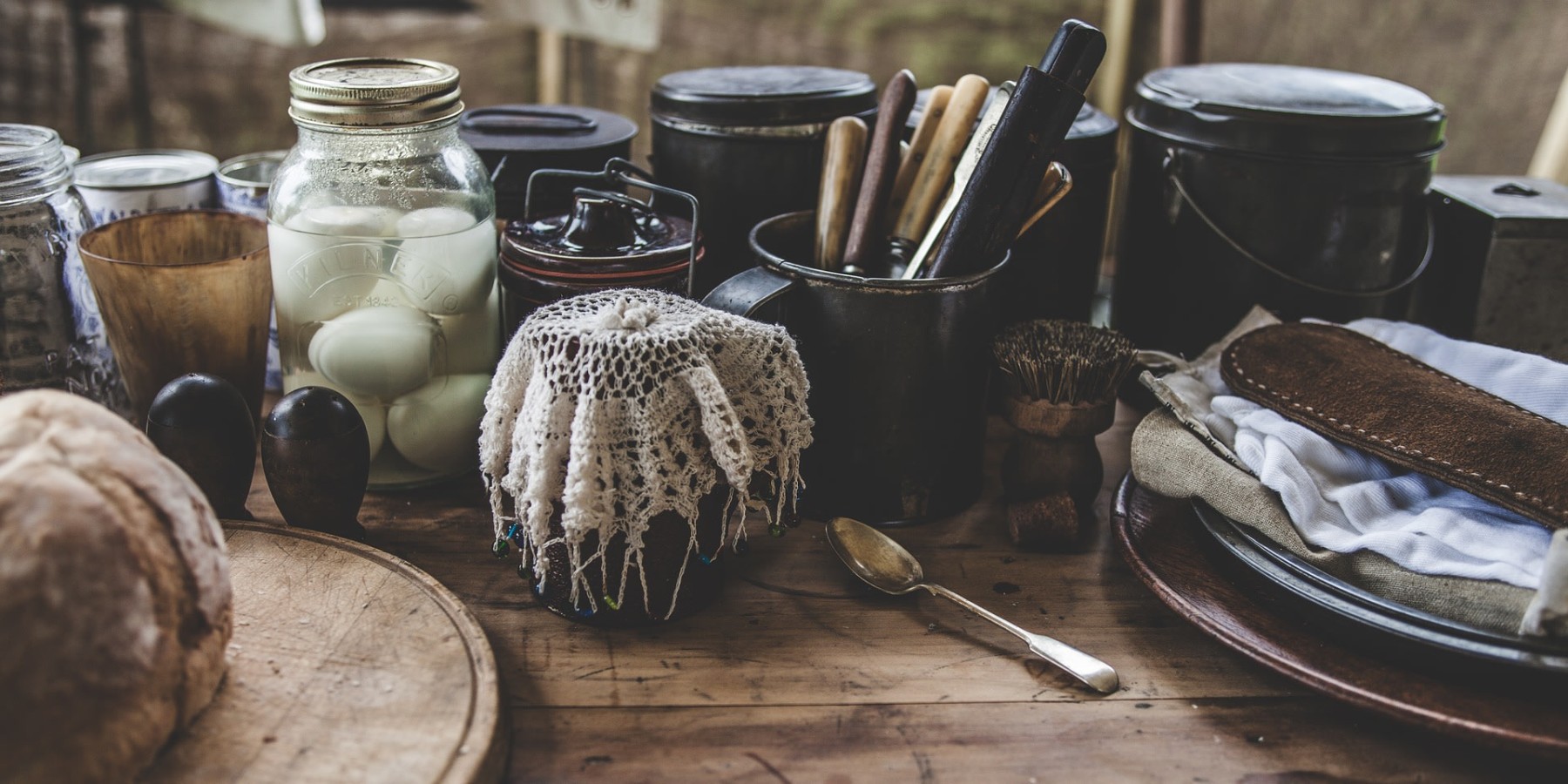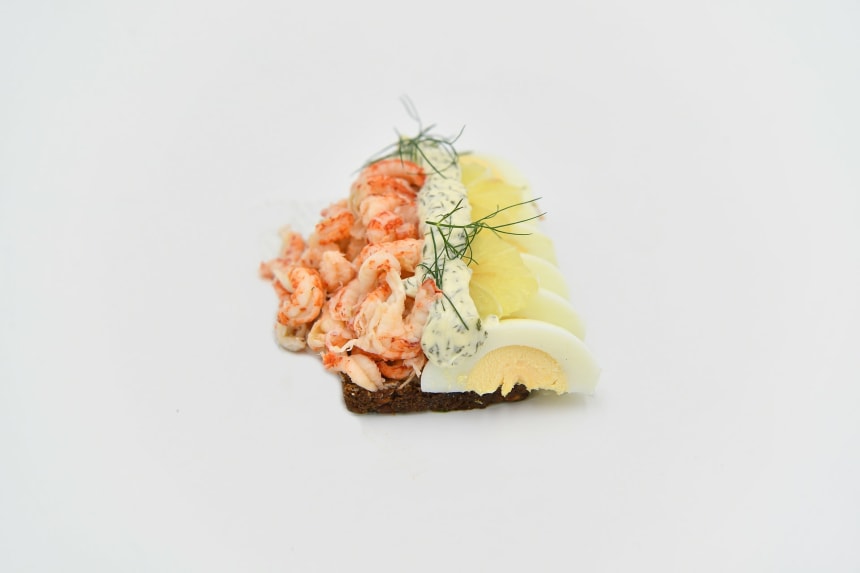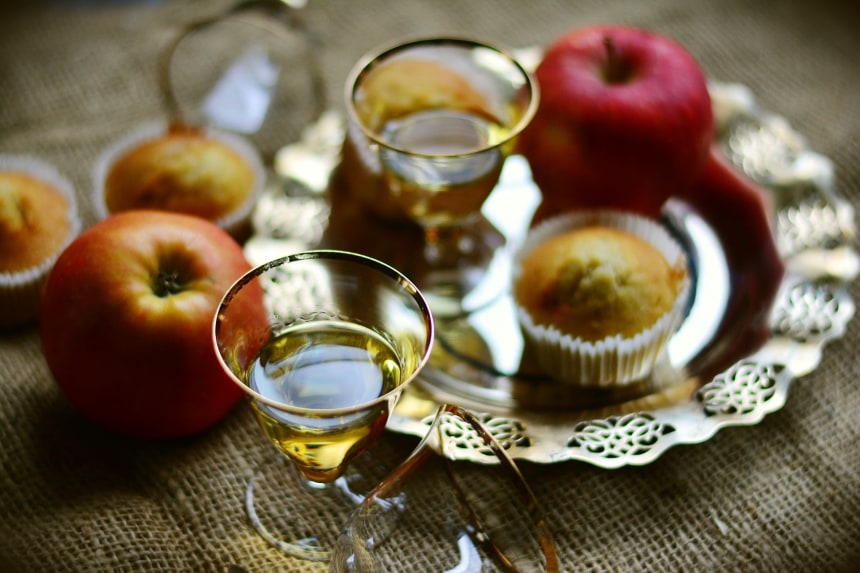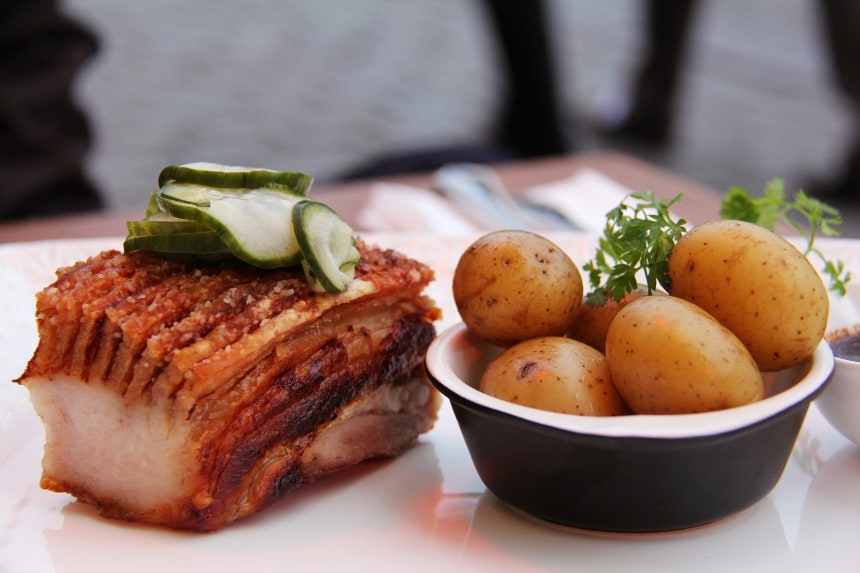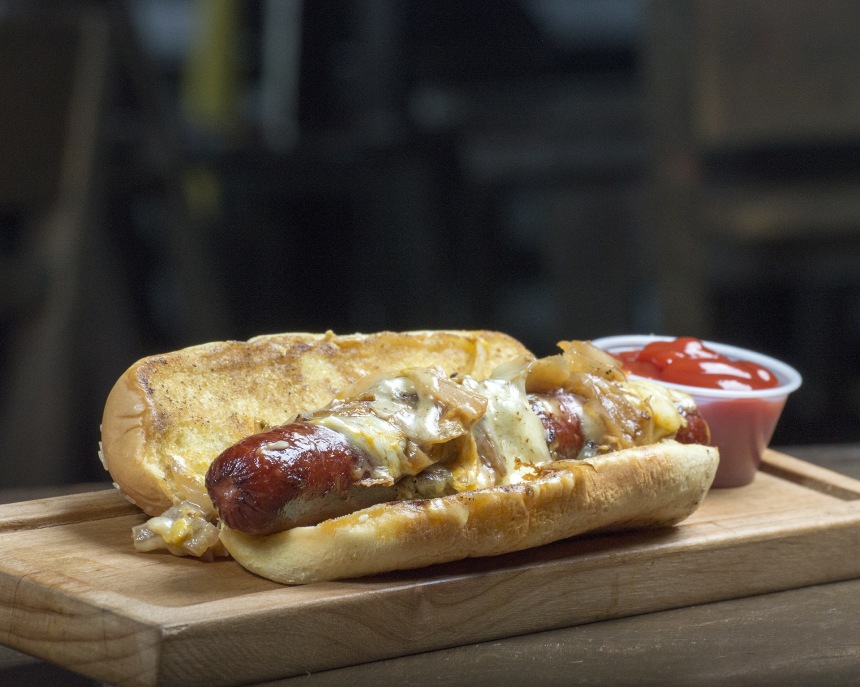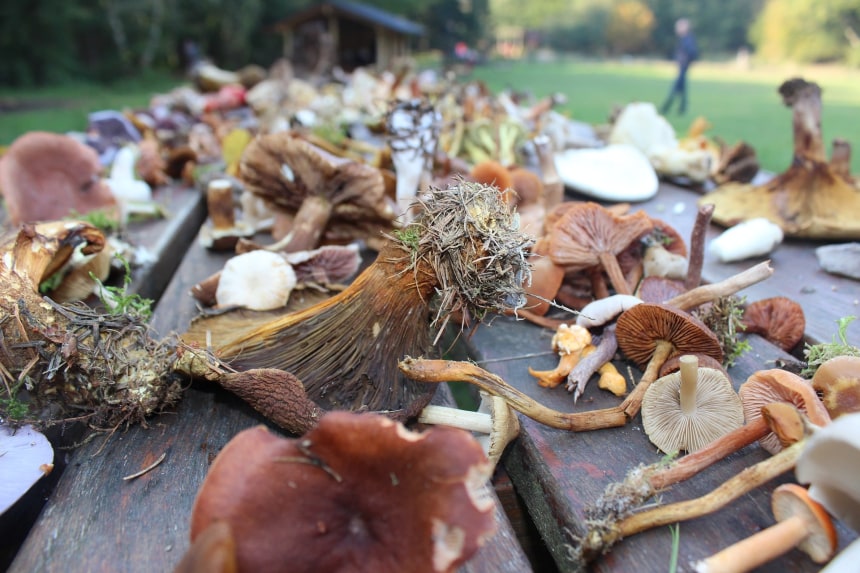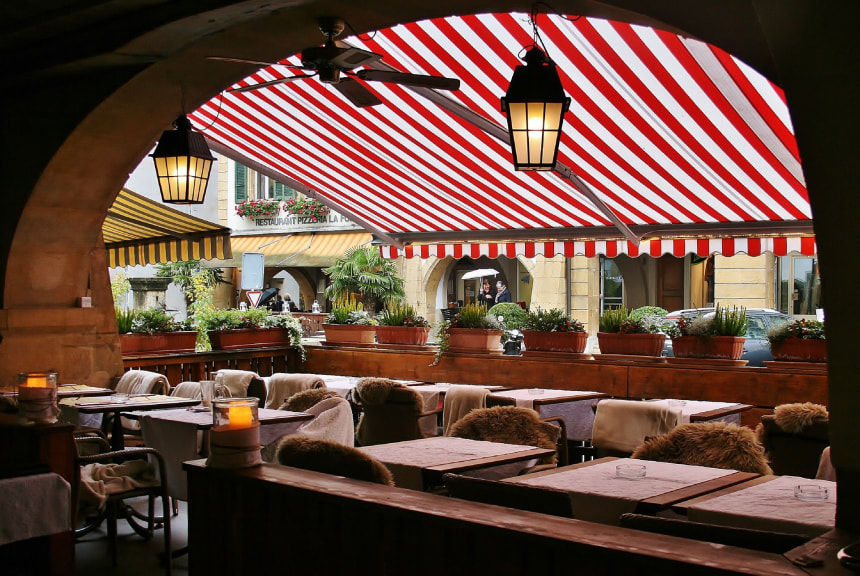| 9 mins read
Erin Skahan
Fine food enthusiasts the world over certainly have their eye on Denmark, a bucket-list food destination. However, it may surprise you to learn that prior to 30 years ago, Danish cuisine wasn’t a draw for visitors at all. It took a rediscovery of ancient traditions and the trials of imaginative techniques to make it what it is today.
Traditional food in Denmark was similar to many countries sharing its far-north locale. The growing season was short, so dependence on root vegetables was a necessity. Beets, potatoes, and cabbage were common, along with hearty and dense rye bread. Preservation of food for the winter months was essential, so techniques such as pickling and fermentation were used.
The perfect traditional bite you can find all over Scandinavia today is called smørrebrød. These are little open-faced sandwich bites, usually, a slice of thin rye bread topped first with a fat-laden spread like butter, lard, mayonnaise, or spreadable cheese for flavour and to prevent the bread from getting soggy. Then it is topped with cold meats, often from repurposed leftovers like pork or fried beef. Next come the vegetables, which are often pickled, offering a pungent burst of flavour. Fresh herbs are added to finish. These are usually consumed at lunchtime and washed down with a lager. Important to know, the sandwiches are never eaten by hand. Cutlery should be used, and there is a traditional order to how the various sandwiches are consumed. Always start with the herring, with other seafood coming second. The meat smørrebrød come next, with the cheese sandwiches always eaten last. If you find yourself a fan of these tasty sandwiches, you can book a food tour guide who specializes in helping you find the best smørrebrød in Copenhagen. Besides making for a great tour of the city and a fun afternoon activity, a tour guide can also help you pronounce it!
For a long-standing traditional spot popular with locals, check out Slotskaelderen Hos Gitte Kik located in Copenhagen. They have been around since 1910 and offer a huge array of these popular bites in a traditional setting that has been welcoming regulars for over 100 years. Try the varieties of herring when you visit, which offer a glimpse into the plethora of ways a single ingredient can be altered: fried, boiled, pickled, cured, curried or marinated. For a more modern take on the famous sandwiches, visit Copenhagen’s ØL & BRØD. Here you can opt for the Chef’s Selection, which allows the kitchen some off-menu creative freedom. You will get five different kinds of smørrebrød to sample. Reservations here are recommended, and you can notify them in advance of any dietary restrictions, as they are happy to accommodate food preferences and intolerances. The most important tip for lunch in Denmark is to know that kitchens usually close between 3-6pm. So, plan early for lunch to avoid disappointment.
You can’t have a meal in Denmark without the accompaniment of a traditional danish snap. Also referred to as an akvavit, these are small alcoholic beverages that are generally made using herbs and fruits. Don’t be fooled by their size. These small tipples have been referred to as fiery, both in flavour and in strength.
The culture of drinking akvavit has created a subculture of home experimentation. While home distillation is illegal in Denmark, connoisseurs will buy neutral spirits and take them home to experiment with different herbs to concoct one-of-a-kind flavours. Popular variations include the singular additions of myrtle, wormwood, walnut, or dill. Hiring a local guide is a great option for finding the more unique tastings in smaller, off the beaten path distilleries.
The most traditional dish in Denmark outside of the smørrebrød is a crispy pork dish called Stegt flæsk med persillesovs og kartoffler. This is a fairly simple meal served with boiled baby potatoes and a parsley cream sauce. Considering its popularity among Danes, it’s not so easy to find. It tends to be more a staple of home cooking, but there are certain old-style cafeterias where you can find it regularly as a weekly special. Cafe Petersburg generally offers it on Mondays and Tuesdays, and it can also be found on the “favourites” menu at Københavner Cafeen.
If you do happen to miss the narrow lunch window, the Danish hot-dog can swoop in to save you. While the hot dog has long been considered American food, it’s actually far more popular in Denmark. There are upwards of 50 varieties of sausages to choose from, the simplest being the røde pølser or red sausage. These are also your best bet for after-hours snacks, with hot dog carts being a popular stop for a bite and for socializing after bars close. Hot dogs will take on every form of simplicity and complexity depending on where you go. Some are skinny, bright red versions measuring far too long for the bun they inhabit, topped with a simple streak of ketchup, like those found at Harry’s or Steff’s famous carts dotted throughout the city. For a more gourmet hot-dog experience, head to Pølse Kompagniet where the bun melts in your mouth and the crispy onions are fried in duck fat and sprinkled with rosemary.
In 2004, a document was written, changing Scandinavian food forever. Claus Meyer was its main architect, but other famous regional chefs came quickly on board. It was called The Manifesto for the New Nordic Cuisine, and the goal was to bring Denmark back to its seasonal roots and focus on perfecting what its own land and sea had to offer. Finding great inspiration from his own particular obsession with vinegar, Meyer experimented endlessly. He believed that the right acidity was key for a dish to go from good to remarkable.
In order to put his words into action, he partnered with the hefty resume’d Chef René Redzepi who had worked at both El Bulli in Spain and the French Laundry in California, and together they opened Noma.
For every Chef and culinary enthusiast in the world, hearing the word Noma causes the ears to perk up. Not only did it modernize Scandinavian cuisine, but it also popularized techniques that inspired a revolution. Nordic food depended on smoking, curing, fermenting and pickling to preserve what was available. Meyer and Redzepi took these methods a thousand and one step further, asking questions and experimenting in ways that hadn’t been done with such obsessive depth. Various methods of smoking using endless ranges of wood, herbs to add essence to the smoke, the complex chemistry of brine levels and experimental pickling techniques; this became the signature of New Nordic cuisine.
Foraging also became a staple method of menu creation as Noma became popular. Teams regularly go out for wild herb and vegetable foraging trips for seasonal items such as mushrooms, wild chives, and sea vegetables. As a result, this unshakable attention to detail, seasonality and locality has brought worldwide recognition to Meyer and Redzepi. Noma has now been named Best Restaurant in the World four times. For this reason, foodies flock to Denmark and the competition for reservations can become a lifelong endeavour. Noma is notoriously difficult to get into, but reservations open up for each season in blocks. There are plenty of alternatives that are a bit easier to reserve and are equally incredible, such as Barr and 108. Reservations for these open 60 days out, with the added bonus that they always hold a few spots open for lucky walk-ins.
This style of procuring food has been re-adopted all over the world, and seasonality and local have gone from necessity to buzz words. Food markets are popular places to sample the seasons, sip on local beer and wine, or grab a bite at one of the many food stalls, a great option for people travelling together with differing tastes. The market TorvehallerneKBH is a great spot to start your self-guided food tour in Copenhagen. Located in a modern, light-filled building, this market was home to the original food market that spanned from 1889-1958. After a long closure, it was revamped and opened once again in 2011. They have weekly events here and offer courses on everything from wine and champagne tastings to lessons on how to open an oyster. For more of social space, check out Reffen Street Market, a food, art, and design incubator project that is home to the largest number of food stalls you’ll find in Scandinavia, and plenty to keep you entertained. You can take a course on coffee making, join a yoga class or learn salsa dancing all under one roof. This is the epicentre of hip in the city, and a great place to mingle with locals. You can make reservations in advance for space on the terrace. Specific seats aren’t reserved, but it will guarantee that space is available for your group.
One thing you’ll notice when you’re travelling through Denmark is a specific type of feel. This relates to the ambiance, design, and the intentional creation of warm cosiness. It’s called hygge, and it’s another piece of Danish and Scandinavian culture that has created international buzz. In the restaurants and cafes, you’ll find blankets to keep you warm. In the hotels and Airbnb’s, you’ll find a similar look. It’s a cosy, comfy, warm minimalist design aesthetic, generally incorporating a few sheepskin rugs, simple art, clean lines, and lots of white and neutral tones. Hygge is more than design, it’s also an intentional stoking of warmth and comfortability among people. So embrace the feeling while you’re visiting and notice how the design lends to the experience of being happy, comfortable and welcome.
"Erin is an experienced solo traveler, interested in how food shapes culture. She cooks and writes her way through cities and villages, primarily focusing on Western Europe."

